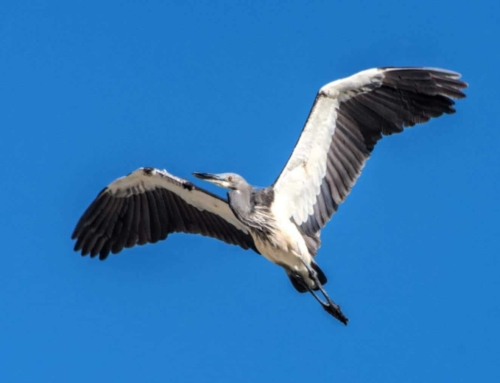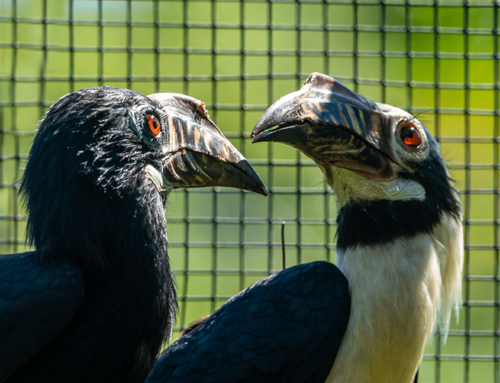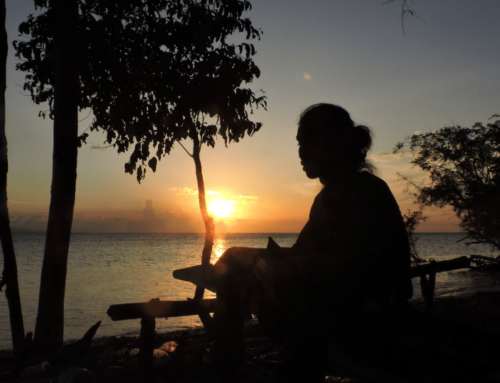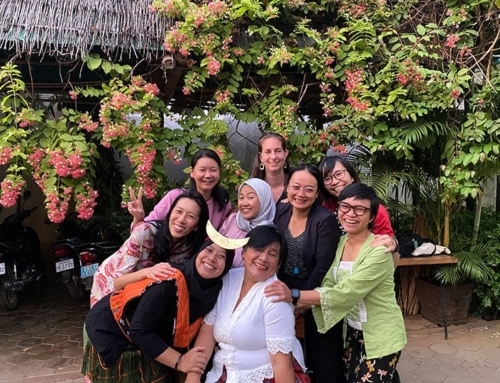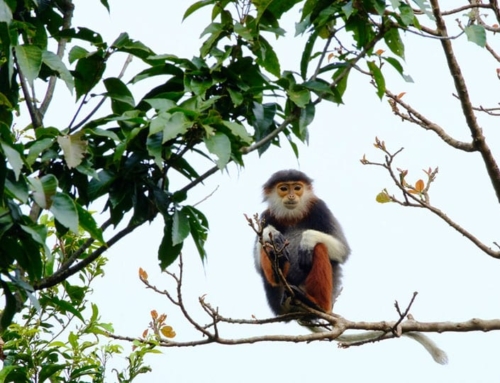Continuing our ‘In search of secret wildlife’ series, following our blogpost on lost fishes, Nina Seale tells the story of a search to find one of Earth’s rarest large mammals, and how conservation can take action to bring individual species back from the brink of extinction.
In our previous blogpost, we explored our partner Shoal’s search for the lost fishes, a campaign to find the world’s top 10 ‘most wanted’ fishes.
However, Shoal is not our only partner looking to reclaim elusive species from assumed extinction. In 2020, Synchronicity Earth’s Asian Species Programme took on an exciting new partner preparing to launch the most extensive search for saola since its disappearance (it was last recorded by a camera trap in 2013).
Despite being roughly the size of a big dog, with very long, straight horns, this inhabitant of the Annamite Mountains of Lao PDR and Vietnam is a symbol for the plight of the Annamite ecosystem which, like many of the remaining biodiversity hotspots of Southeast Asia, has been degraded by deforestation and poaching for the wildlife trade.
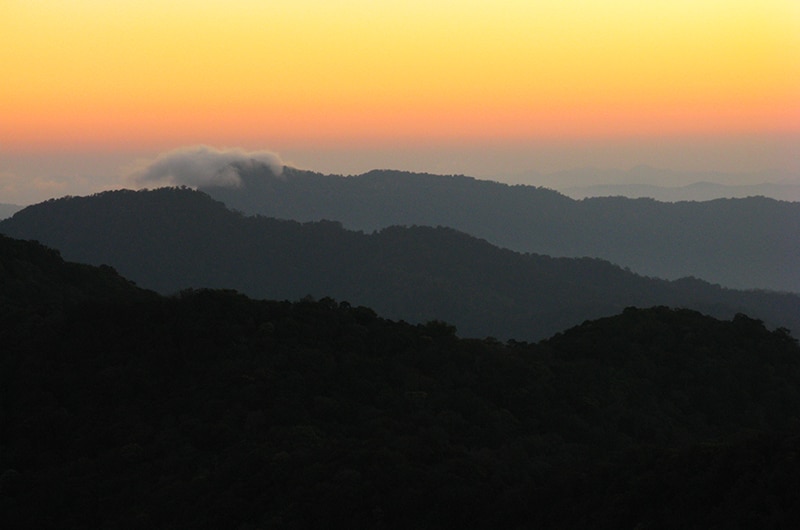
Saola is endemic (unique to the region) to the Annamite Mountains across Lao PDR and Vietnam. Image: Saola Foundation
But the Saola Foundation are planning to launch an unprecedented search to rediscover saola, as it is still thought to remain in the Annamite Mountains, but probably with fewer than 100 left. They plan to form an elite tracking team who will be recruited from local communities in the saola’s range and trained how to distinguish signs of saola (i.e., tracks and dung) from other species. If these signs are found, DNA analysis will confirm any dung samples and then the foundation plan to use detection dogs in field searches to cover large areas.
“When we find the saola, we will show the world there is still hope for wildlife. And hope is what changes the world.” Steve Burns, Chair of the Saola Foundation
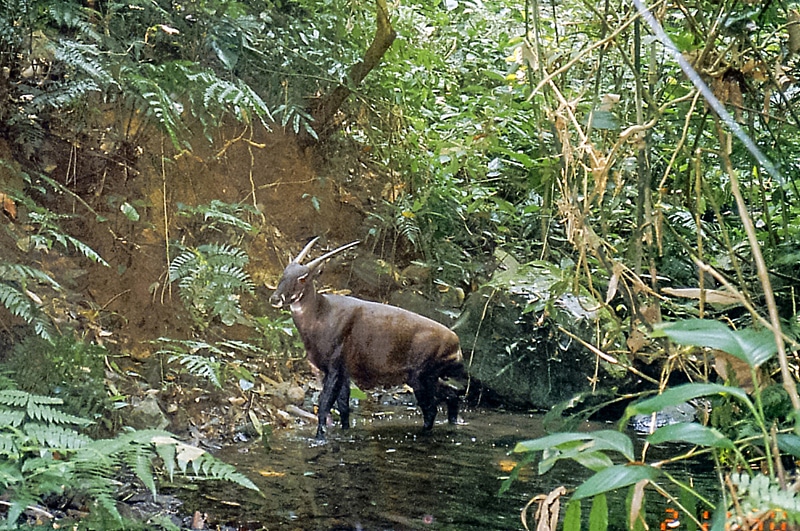
Saola was last recorded by a camera trap image taken in 2013. Image © WCS Lao
What’s next?
A species rediscovery is an incredible moment, causing ripples of excitement and new hope from the research team through local communities, often creating national and international headlines. With such a charismatic creature who has been unseen for so long, if/when the saola is rediscovered (and the Saola Foundation are quite confident!), it will undoubtedly gain the world’s attention.
But how do conservationists secure the future of a species whose numbers have declined so much that they disappeared? When only a few individuals remain of a species, what hope is there?
Quite a lot, actually. This is where sharing stories of Conservation Optimism comes in, reminding us that conservation works, and fantastic feats to save wildlife have been done before.
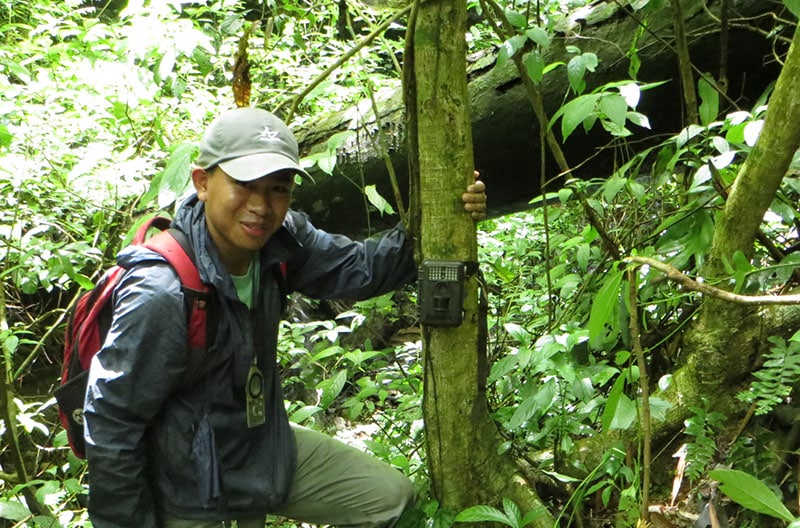
The Saola Foundation’s field program will be run by Lao Programs Director Chanthasone ‘Olay’ Phommachanh who is a local expert in wildlife trade, law enforcement and species monitoring. Image: Saola Foundation
Madagascar pochard
The case of the Madagascar pochard truly reflects the determination and dedication conservationists pour into their work. This sleek diving duck is unique to Madagascar, and had not been seen for 15 years and was feared extinct when a small population of 20 pochards was discovered, much further north and in a less disturbed habitat than they had been recorded before.
Immediately an international emergency operation was launched to save the species from extinction, made up of the Wildfowl and Wetlands Trust, Durrell Wildlife Conservation Trust, The Peregrine Fund, Asity Madagascar, and the Madagascar Government. Taking three clutches of eggs from this last remaining population, they established a captive breeding programme. 23 birds were successfully raised from this first clutch of eggs. Since that initial effort, 114 birds have been bred, more than quadrupling the initial population.
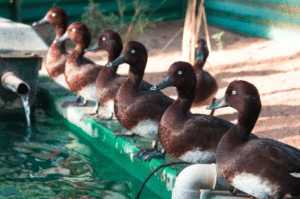
Madagascar pochards at the breeding site. Image © WWT
The conservation effort was not just focused on the species themselves, however. Much as direct intervention is critically required for such endangered species, the factors causing the decline need to be addressed as well for the sustainable survival of the species.
When a new location for the release of the pochards was identified (Lake Sofia in the northwest of the country), the partnership engaged with local communities and the government to help make the lake a viable habitat for the birds in years to come. Since their work began, hundreds of farmers got involved in sustainable rice schemes, fishers have switched to using legal nets, and there has been an 80 per cent reduction in the use of pesticides.
The project continues to go from strength to strength – after 21 young captive-bred pochards were released in Lake Sofia in December 2018, in December 2019 (much earlier than expected!) scientists recorded the first wild broods in the lake, totalling 12 Madagascar Pochard ducklings.
Action plans for endangered species
This is not an isolated success. Our partner Mabuwaya Foundation began conserving the Critically Endangered Philippine crocodile when there were only 12 individuals known in the wild in 2001, and it is now estimated there are just over 70.
Many of our partners, particularly in the Asian Species Programme, have been involved in drawing up action plans for Endangered and Critically Endangered species. This requires collating information such as the species’ status in the wild and in captivity, its habitat requirements and threats, projects already underway, and the needs of the wild populations (including reintroductions).
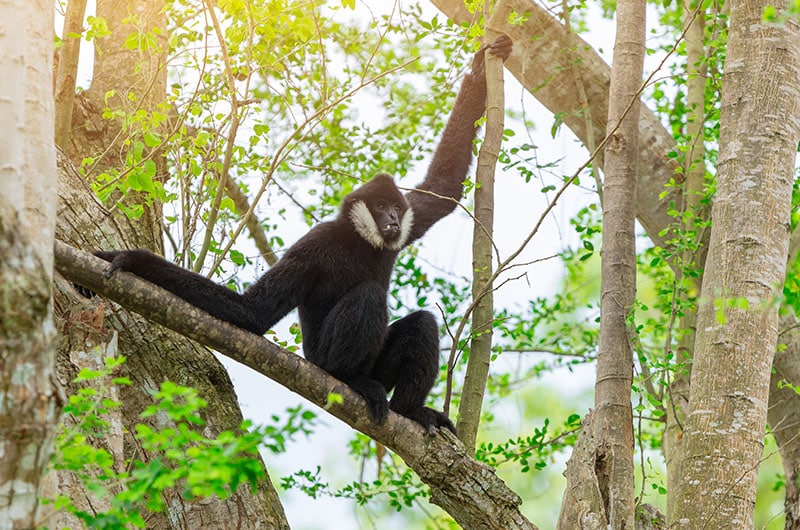
All 20 species of gibbon are classified as Threatened on the IUCN Red List of Threatened Species. Image © iStock
We are proud that our programme has supported the production of conservation action plans for the white-bellied heron, helmeted hornbill, and a multi-species action plan for West Visayan threatened species. Our partner the International Union for the Conservation of Nature (IUCN) Section on Small Apes is also currently completing 10 new action plans for gibbon species.
Key to the development of these action plans and the conservation success stories they lead to are the foundations of conservation knowledge created by networks such as the IUCN Red List and World Database of Key Biodiversity Areas, which we will explore in the next installment of this blog series.

